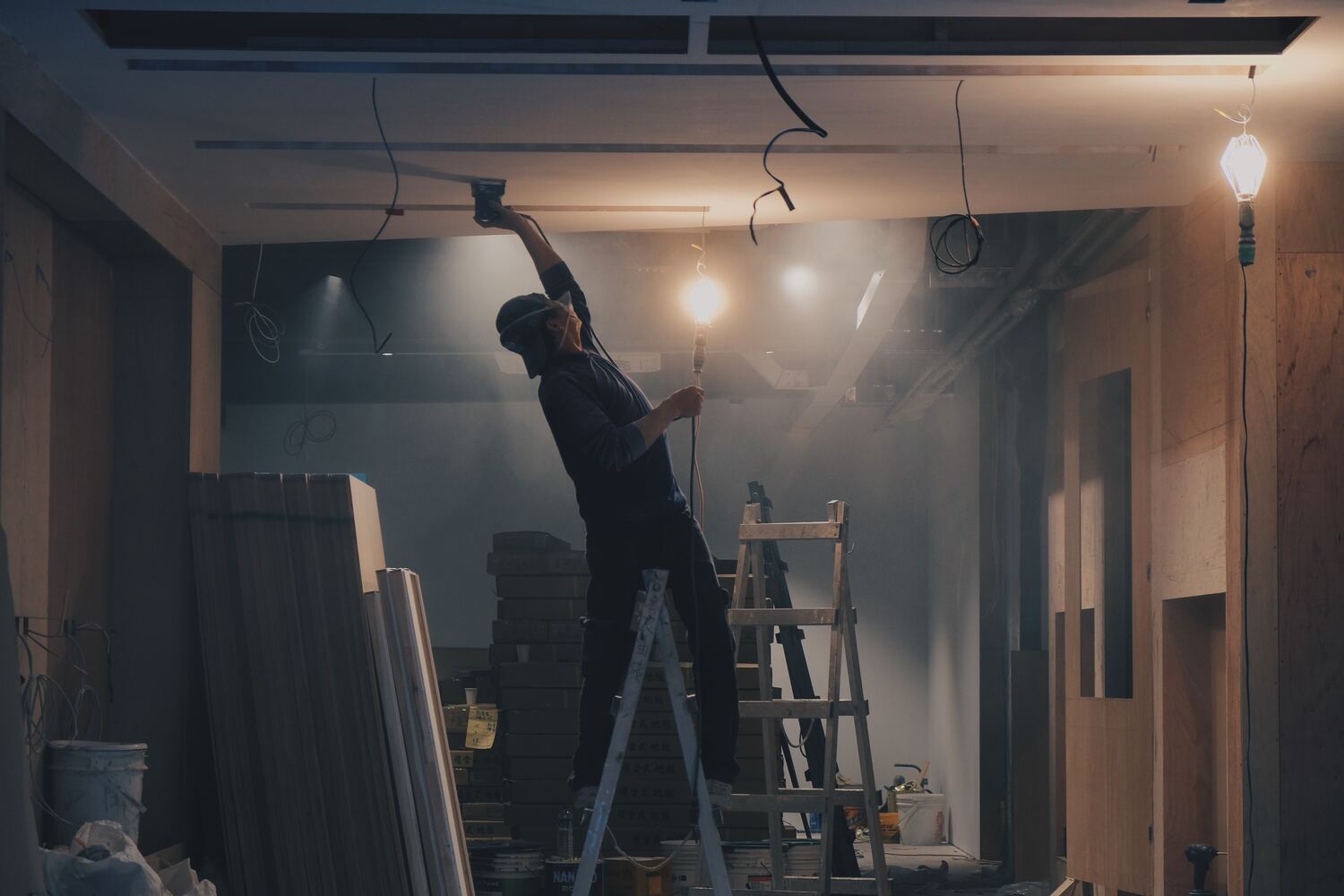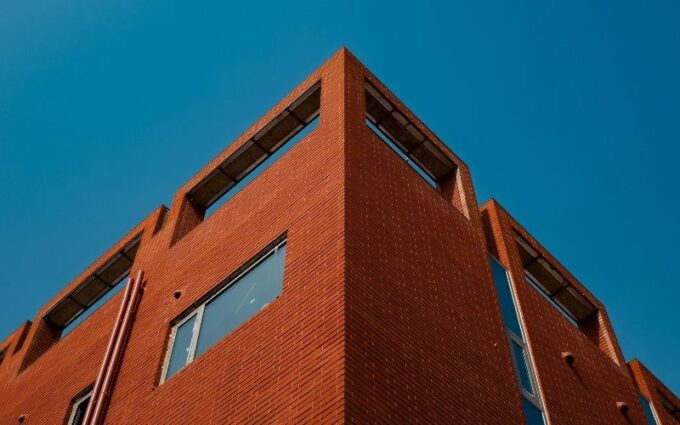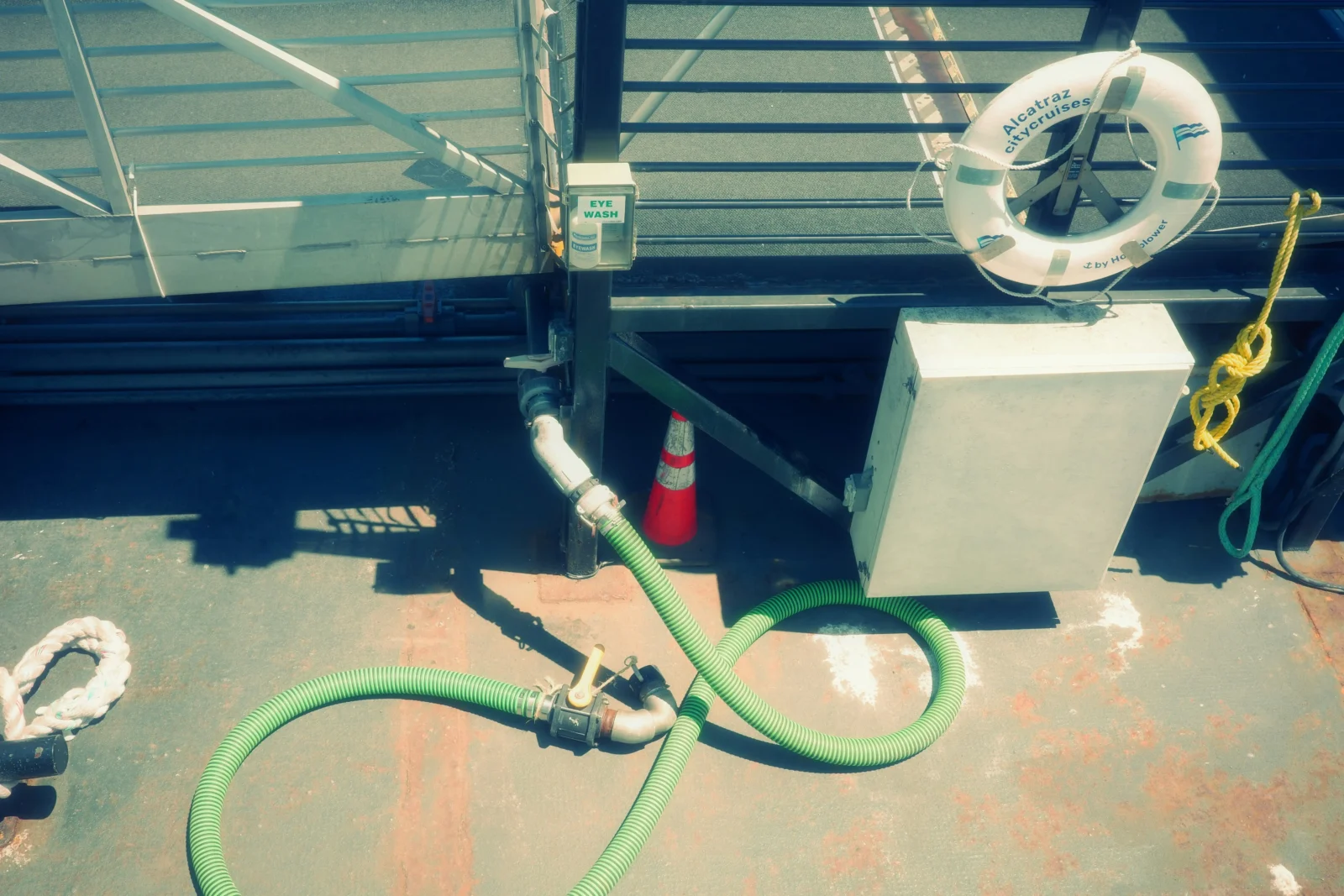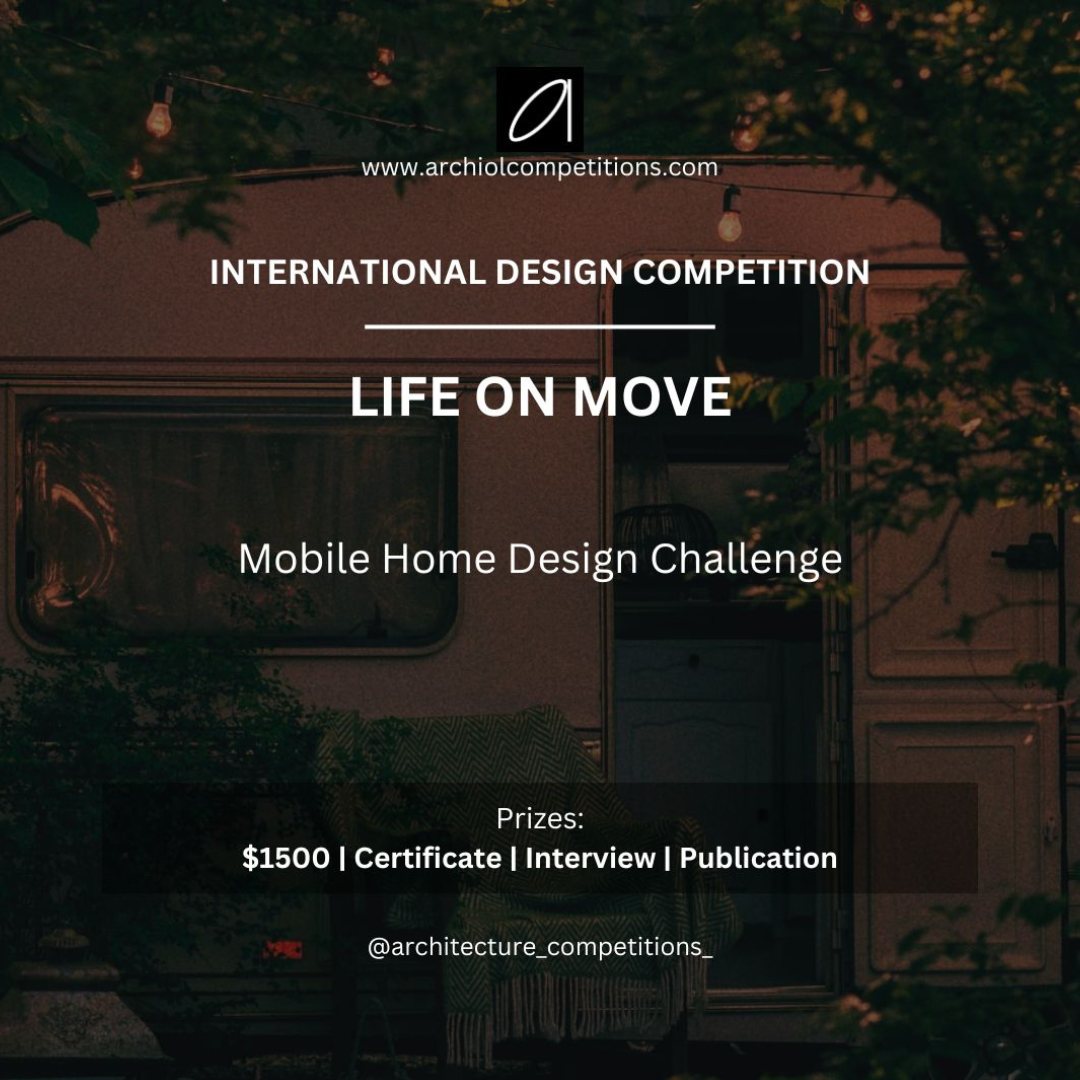- Home
- Articles
- Architectural Portfolio
- Architectral Presentation
- Inspirational Stories
- Architecture News
- Visualization
- BIM Industry
- Facade Design
- Parametric Design
- Career
- Landscape Architecture
- Construction
- Artificial Intelligence
- Sketching
- Design Softwares
- Diagrams
- Writing
- Architectural Tips
- Sustainability
- Courses
- Concept
- Technology
- History & Heritage
- Future of Architecture
- Guides & How-To
- Art & Culture
- Projects
- Interior Design
- Competitions
- Jobs
- Store
- Tools
- More
- Home
- Articles
- Architectural Portfolio
- Architectral Presentation
- Inspirational Stories
- Architecture News
- Visualization
- BIM Industry
- Facade Design
- Parametric Design
- Career
- Landscape Architecture
- Construction
- Artificial Intelligence
- Sketching
- Design Softwares
- Diagrams
- Writing
- Architectural Tips
- Sustainability
- Courses
- Concept
- Technology
- History & Heritage
- Future of Architecture
- Guides & How-To
- Art & Culture
- Projects
- Interior Design
- Competitions
- Jobs
- Store
- Tools
- More

Designing an exceptional interior space for a museum is an art form in itself. Museums serve as spaces for education, inspiration, and cultural preservation, and the interior design plays a vital role in enhancing the visitor’s experience. In this third installment of our guide, we will delve into the realm of museum interior design, exploring the key considerations and strategies for creating captivating and immersive spaces.
In this article, we will discuss the fundamental principles of museum interior design, such as spatial layout, exhibit placement, lighting techniques, and the use of interactive elements. We will explore how to strategically arrange exhibits to guide visitors through a cohesive and engaging narrative, while also considering factors such as accessibility and flow within the space.
Additionally, we will delve into the importance of lighting in showcasing artifacts and creating the desired ambiance within different areas of the museum. We will also explore the use of interactive elements, such as multimedia displays and hands-on experiences, to enhance visitor engagement and create memorable museum experiences.
Designing the best interior space for a museum requires a deep understanding of the institution’s objectives and the audience it aims to serve. By implementing the principles and techniques discussed in this guide, you can create an immersive and enriching museum environment that captivates visitors and preserves the treasures of our cultural heritage. Stay tuned for the final installment in this series, where we will explore designing exceptional interior spaces for schools.
Interior Design Tips for Museums
- Before starting the design process, thoroughly understand the museum’s purpose, mission, and the audience it aims to serve. This understanding will guide your design decisions and ensure that the space effectively communicates the museum’s narrative and exhibits.
- Design the museum space with a clear and intuitive layout that guides visitors through the exhibits. Consider the flow of visitors, creating pathways that lead them from one area to another while maintaining a logical and engaging sequence.
- Enhance visitor engagement by incorporating interactive elements throughout the museum. These can include touchscreens, multimedia displays, virtual reality experiences, or hands-on exhibits. Interactive elements encourage active learning and create memorable experiences.
- Design exhibition spaces that can adapt to different types of exhibits and artworks. Utilize movable walls, adjustable display systems, and modular showcases to allow for flexibility and easy reconfiguration of the space.
- Implement clear and informative wayfinding signage to guide visitors through the museum. Use visual cues, maps, and directional signs to help visitors navigate the space and locate different exhibits or amenities.
- Design the museum to be accessible to all visitors, regardless of physical abilities. Incorporate features such as ramps, elevators, and tactile elements for visually impaired visitors. Ensure that exhibit labels and information are presented in accessible formats, including braille or audio descriptions.
- Design welcoming spaces within the museum, such as lounges, cafes, or rest areas, where visitors can relax, reflect, and recharge. Provide comfortable seating, adequate amenities, and accessible restrooms to enhance visitor comfort.
We can say that each museum has its unique requirements and objectives, so tailor these design tips to suit the specific needs and collections of the museum you are working with. The ultimate goal is to create an immersive and enriching museum experience for visitors.

For instance, the Louvre Abu Dhabi features a stunning contemporary interior design. The space incorporates a series of interconnected galleries with a mix of natural and artificial lighting, creating a harmonious ambiance. The use of clean lines, modern materials, and expansive open spaces showcases the museum’s diverse collection in a visually striking manner.

Also, The Broad is known for its contemporary and minimalist interior design. The museum’s interior features an open-plan layout with white walls, high ceilings, and ample natural light. The clean and understated design allows the focus to remain on the modern and contemporary artworks displayed throughout the space.

Credit: PHOTOS: See The Broad Museum in Los Angeles | Time
Designed by architect Frank Gehry, the Guggenheim Museum Bilbao is renowned for its iconic and contemporary interior design. The museum’s interior features curved lines, soaring ceilings, and expansive gallery spaces. The design emphasizes fluidity and movement, creating a visually dynamic environment that complements the modern and contemporary artworks on display.

These examples highlight the diversity and innovation in contemporary museum interior design. Each museum incorporates unique design elements that enhance the visitor experience and create a memorable and immersive journey through art, culture, and history.

Submit your architectural projects
Follow these steps for submission your project. Submission FormLatest Posts
Procreate vs Photoshop: Should Architects and Designers Use Them for Architecture Work?
Procreate vs Photoshop for architects: see when to sketch on iPad and...
A Beginner’s Guide to Using Heat Pumps
Understanding home heating and cooling can be confusing, especially if you’re starting...
HEALING GARDENS – Designing Spaces for Wellness and Reflection
This competition challenges architects and landscape designers to envision gardens as therapeutic...
How to Help Kids Improve Their Studying Habits
Helping children develop good study habits can be difficult, especially with so...












Leave a comment